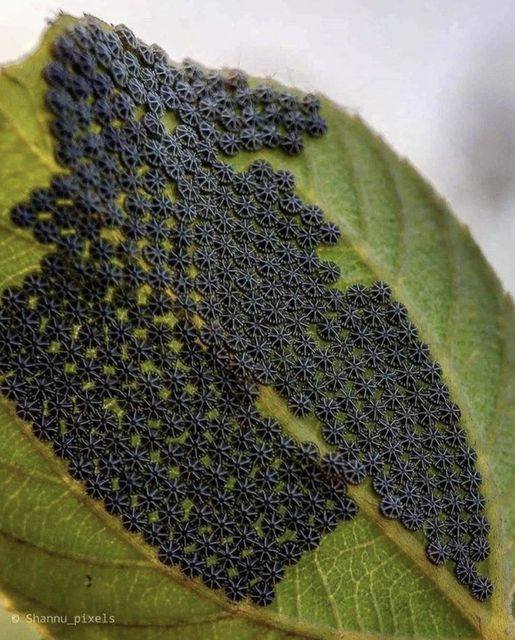BE CAREFUL, if you get these bruises on
Why You Might Bruise Easily—and What to Do About It
Understanding Bruising
Bruising, or ecchymosis, happens when small blood vessels under the skin break, causing blood to pool and form a mark. It usually follows a bump, fall, or injury—even a minor one you might not notice. As it heals, a bruise typically changes color from red or blue to green or yellow.
“Going to purple or red, then green or yellow means the blood is being reabsorbed by your body and that the bruise is healing.”
When Bruising Is a Concern
While most bruises are harmless and fade within two weeks, bruises that appear on the abdomen, genitals, ears, or back of hands—or bruises that last longer than expected—may signal a problem. Frequent or unexplained bruising could be linked to deficiencies, medications, or health conditions.
“If they last longer than two weeks or so, talk to your doctor.”
Vitamin Deficiencies and Supplements
Low levels of certain vitamins can increase bruising:
- Vitamin C: Supports collagen, which keeps blood vessels strong. Smokers are especially at risk.
- Vitamin K: Helps with blood clotting and capillary strength.
- Vitamin D and B vitamins: Their deficiencies can also contribute.
Botanical supplements like ginkgo, garlic, and omega-3s may thin the blood and raise bruising risk. “Even omega-3 fatty acids, saw palmetto or vitamin E can contribute to bruising.”




